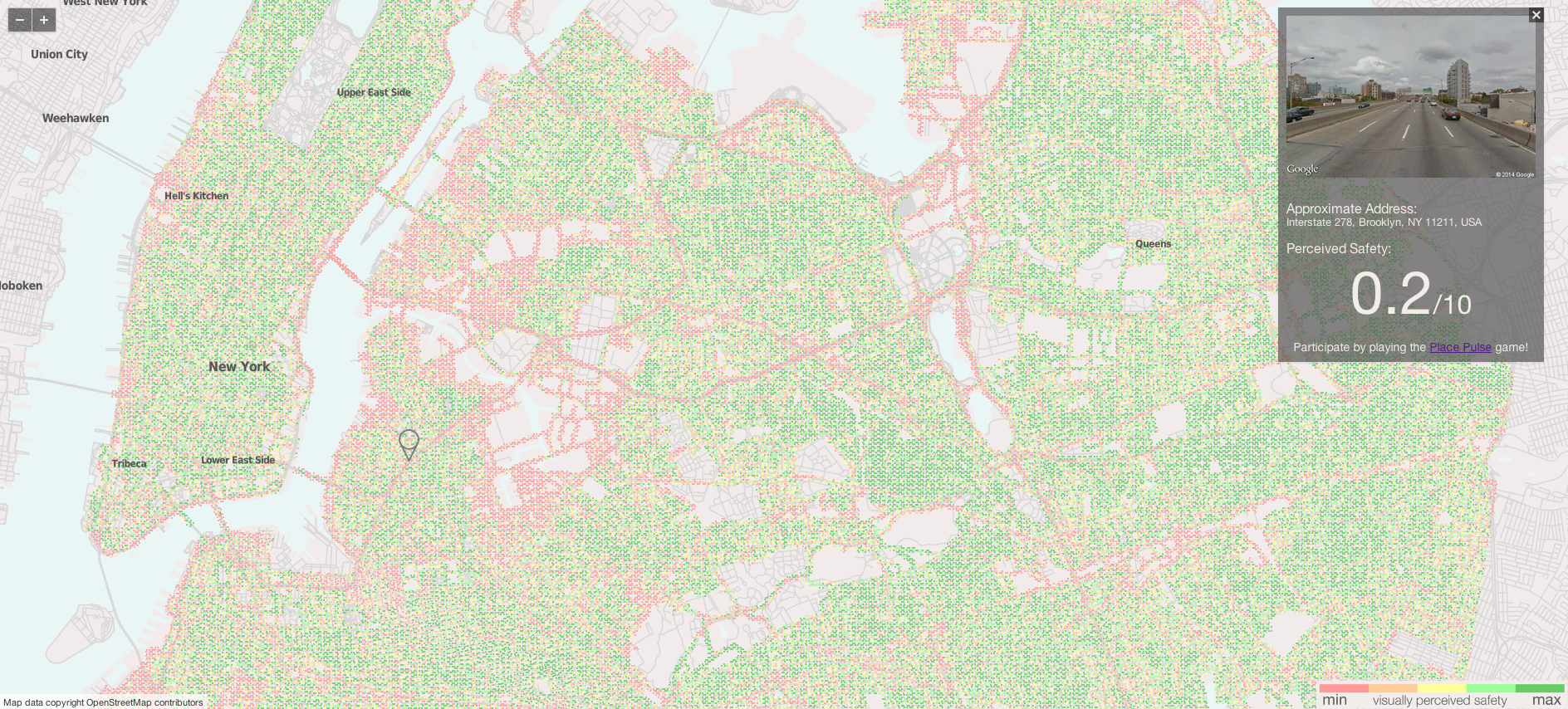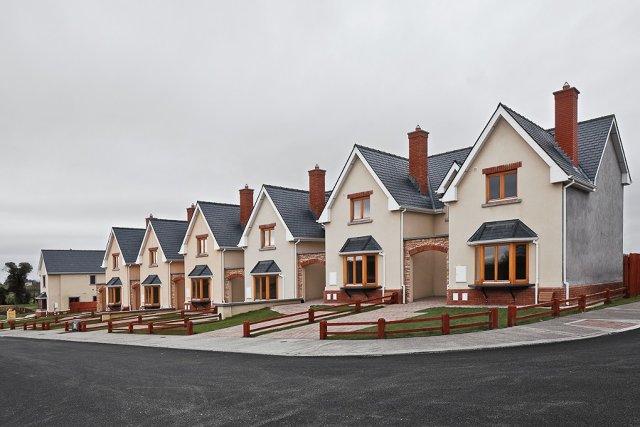The City of Sydney last week announced a trial of lighter-coloured pavement as part of an investigation into ways of reducing temperatures in urban areas, with a short stretch of road in Chippendale selected for the experiment.
The trial will record temperatures across different locations, including the 600 square metre section of Myrtle Street, between Abercrombie and Smithers streets in Chippendale. Over coming months, monitoring equipment will determine whether or not there is a reduction in ambient temperate along the paler pavement.
According to the council, the 'urban heat island effect' means cities are often a few degrees warmer than regional areas due to surfaces such as roads, footpaths and buildings absorbing heat from the sun. Lighter-coloured pavements may be one solution to reduce this effect.
The trial will record temperatures across different locations, including the 600 square metre section of Myrtle Street, between Abercrombie and Smithers streets in Chippendale. Over coming months, monitoring equipment will determine whether or not there is a reduction in ambient temperate along the paler pavement.
According to the council, the 'urban heat island effect' means cities are often a few degrees warmer than regional areas due to surfaces such as roads, footpaths and buildings absorbing heat from the sun. Lighter-coloured pavements may be one solution to reduce this effect.










